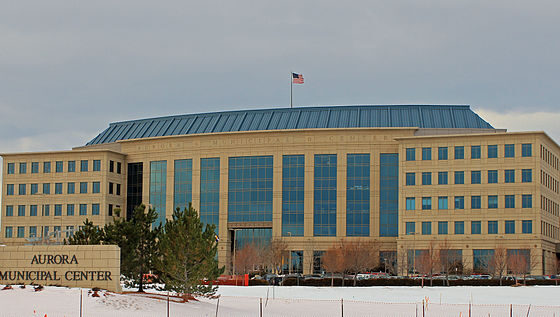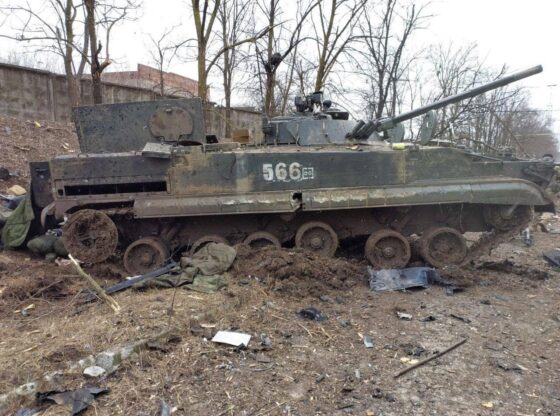Egypt, Lebanon, Ecuador, Chile, Haiti, Iraq, Ukraine, Spain, the UK, Indonesia, Algeria, Russia, Bolivia, Peru, Hong Kong and the United States—all of these are countries that have seen wide mass protests in the past month. Seventeen countries, containing 2,559,230,662 people, means that 32.3 percent of the world’s population lives in a country going through a period of unrest.
Fifteen out of those seventeen countries have used tear gas against their own people over the course of these protests; only the United States and the United Kingdom have not. This is despite the fact that in the 1925 Geneva Protocol, the use of tear gas against enemy combatants was outlawed. Some countries’ governments such as Haiti and Iraq have used live ammunition against their own unarmed people.
Most of the protesters cite political and/or economic corruption as a driving factor behind their national outrage. Many protests started after a seemingly small event that amplified larger feelings of disenfranchisement. In Lebanon, the protests started over a planned 20 percent tax on the first WhatsApp call a citizen made every day. In Chile, the protests started after a public transportation fare increase in the nation’s capital of Santiago. This was the breaking point for the 50 percent of Chileans that earn less than 550 USD a month.
Other protests started after large-scale events such as when Algeria’s president violated the country’s constitution by running for a fifth term. In Peru, the president tried to dissolve the legislature, and then the legislature tried to remove the president.
These protests are quickly organized among vast numbers of people using the internet, taking a page out of the first large internet uprisings of the Arab Spring in 2011. For instance, many protests are being planned on WhatsApp groups to quickly disseminate information. Their fluid, decentralized manner is greatly summarized by Hong Kong protesters’ strategy to “Be Water.” To make apprehension more difficult, they want to be always moving and flowing in location and planning. As an attempt to counter this rapid and nearly-impossible-to-control method of organizing, many governments such as the one in Iraq have shut off some or all internet services.
Director of the Inclusive Global Leadership Initiative at the Josef Korbel School of International Studies, Dr. Marie E. Berry, explained that “these movements are diffuse and dynamic; they can nimbly adapt to changing political circumstances and can often change tactics and strategies as conditions evolve.”
Berry stressed the importance of the protesters themselves and that “we should not credit social media alone with movement success—movements require discipline, organization, and strategy to succeed, and social media simply provides a tool.” Social media cannot take all the credit for the many local community organizers driving the movements from behind the scenes.
DU is undertaking a lot of research in this field through the Inclusive Global Leadership Initiative, their flagship project being the Micro-Mobilization (MicroMob) Research Project. Its goal is to “harness the power of participant photos from mass protest events to better analyze the gendered dynamics of the protests themselves.”
These protests may continue to grow and spread as Berry concluded that, “I am inclined to hope that we are in a historical moment where the vast majority of people around the world are unwilling to sit idly by and watch as inequality gets more extreme.”











